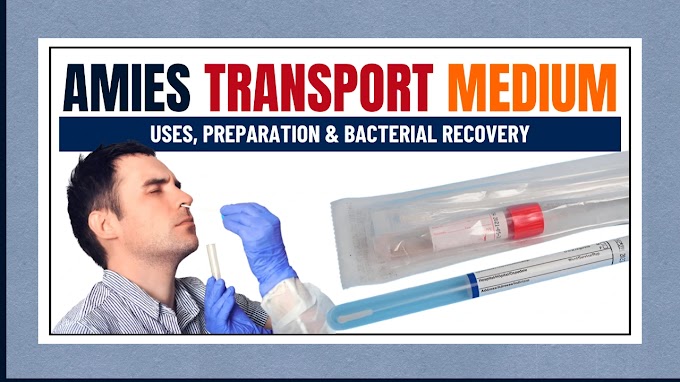- Introduction
- Characteristics of Homologous Chromosomes
- Homologous chromosome pairing during meiosis
- Nondisjunction
- Significances of Homologous Chromosomes
Introduction
Chromosomes serve as indispensable components within the cell's nucleus, adopting a thread-like structure composed of DNA and proteins. Homologous chromosomes, or homologs, form pairs within the same cell, characterized by shared structural attributes such as length, shape, centromere position, and genetic content. These chromosomal pairs harbor genes located at corresponding loci, representing identical gene sets.
Comprehending homologous chromosomes is paramount for unraveling genetic inheritance patterns. In the realm of sexual reproduction, these chromosomes play a crucial role in shaping our physical traits and individual characteristics. Inheritance involves receiving one homolog from each parent for every chromosome pair, leading to a distinctive amalgamation of genes from both progenitors. This genetic recombination is fundamental in fostering diversity within a population.
Human chromosomal makeup comprises 46 chromosomes, inclusive of 22 pairs of autosomes, which are homologous chromosomes. Additionally, there exists one pair of sex chromosomes, with females (XX) possessing homologous sex chromosomes, while males (XY) feature non-homologous sex chromosomes.
Characteristics of Homologous Chromosomes
- Homologous chromosomes exhibit a parallel structure, encompassing similarities in gene sequence, gene loci, centromere position, and chromosomal length.
- While sharing identical genes, homologous chromosomes may bear different alleles.
- Diploid organisms, characterized by two sets of chromosomes, house homologous chromosomes.
- Each pair of homologous chromosomes comprises one inherited from the mother and another from the father.
- In the course of meiosis, homologous chromosomes engage in the exchange of genetic segments through the processes of crossing over or recombination.
- This recombination of genetic material during meiosis fosters genetic diversity among offspring.
- Meiotic recombination of homologous chromosomes culminates in the creation of haploid gametes, each carrying a singular set of chromosomes.
Homologous chromosome pairing during meiosis
Homologous chromosomes undergo pairing and distribution during the process of meiosis, a critical event that facilitates genetic recombination and the correct segregation of homologs.
Sister Chromatids:
- Prior to homologous chromosomes pairing in meiosis, each chromosome within the diploid cell undergoes DNA replication during the S phase of the cell cycle. This replication results in the creation of two identical copies known as sister chromatids.
Meiosis Overview:
- Meiosis, essential for the formation of gametes in sexually reproducing organisms, comprises two divisions—Meiosis I and Meiosis II.
Meiosis I:
- During Meiosis I, homologous chromosomes come together, engaging in the exchange of genetic material through crossing over or recombination. This process promotes genetic variation as each homologous chromosome carries a distinctive combination of genes inherited from both parents. Following crossing over, the homologous chromosomes segregate into two distinct cells.
Meiosis II:
- In Meiosis II, the chromatids of the separated homologous chromosomes undergo further division, resulting in the formation of four haploid cells, referred to as gametes. These gametes contain half the number of chromosomes compared to the starting cell.
Synapsis and Recombination:
- During prophase I of meiosis, homologous chromosomes are paired through a process called synapsis, facilitated by the synaptonemal complex—a protein structure aiding in alignment and recombination between homologous chromosomes.
Chiasmata and Recombination Hotspots:
- Crossing over leads to the physical connection of two homologous chromosomes at specific points along their lengths, forming X-shaped structures known as chiasmata. Recombination events are not uniform across the genome; they occur more frequently in gene-rich euchromatin regions and specific sites termed recombination hotspots.
Mechanisms and Genetic Diversity:
- While most organisms utilize both the synaptonemal complex and crossovers to maintain homolog pairing, some species employ only one of these mechanisms. The processes of homolog identification, pairing, and recombination during meiosis collectively contribute to genetic diversity and ensure proper chromosome segregation.
Nondisjunction
Nondisjunction is a cellular event characterized by the improper separation of chromosomes during cell division, leading to an irregular number of chromosomes in the resultant daughter cells. This phenomenon can manifest during either mitosis or meiosis.
- In the context of meiosis, instances may arise where chromosomes fail to segregate correctly, resulting in nondisjunction. This abnormal meiotic division can yield haploid cells with either missing or excess chromosomes.
- Consequently, the gametes originating from these irregular divisions may contribute to the development of embryos with genetic abnormalities.
- Although many of these embryos may not survive, some individuals may emerge with conditions such as Down syndrome in humans, a condition attributed to an additional copy of chromosome 21 due to nondisjunction during meiosis.
Significances of Homologous Chromosomes
- Homologous chromosomes play a pivotal role in the process of sexual reproduction, facilitating the generation of offspring with genetic distinctions from their parents.
- Within the framework of meiosis, homologous chromosomes undergo gene exchange through recombination, fostering genetic diversity among offspring.
- Sexual reproduction involving the exchange of genes between homologous chromosomes contributes to an expanded gene pool, heightening the likelihood of acquiring advantageous genetic traits.
- The increased genetic variation arising from homologous chromosome exchange enhances an organism's capacity to adapt to dynamic environments, thereby augmenting biological survival.
- Homologous chromosomes also serve a crucial function in the repair of double-strand breaks in DNA.
- A comprehensive understanding of homologous chromosomes is imperative for the exploration and diagnosis of genetic disorders stemming from irregular homolog pairing and separation.



~1.webp)

.webp)

